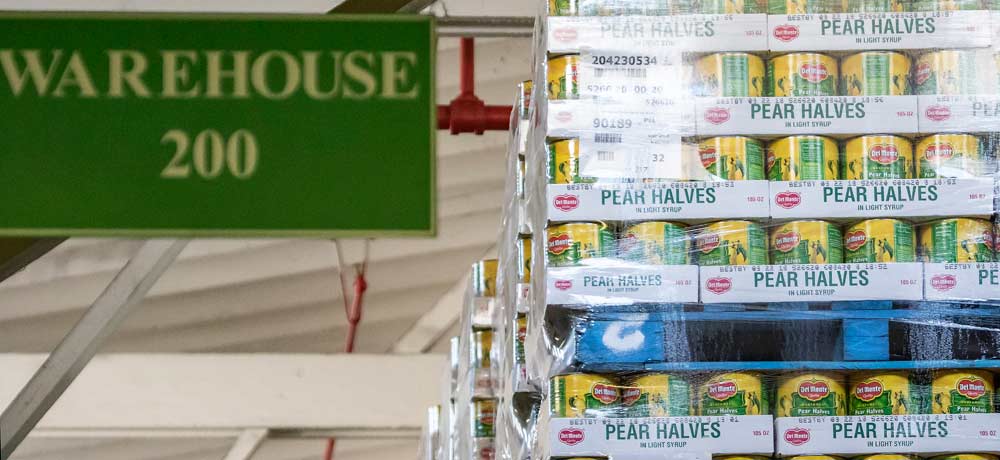
In the face of cheap Chinese imports and a U.S. cultural shift toward fresh produce, the Northwest pear industry is trying to convince schools, hospitals and other institutions that provide food services to “Buy American.”
K-12 schools are the highest priority, because they are federally mandated to purchase American-grown food if they participate in the federal National School Lunch Program, said Susan Renke, promotion director for the Pacific Northwest Canned Pear Service.
“It can be difficult to enforce if schools purchase their canned pears on the open market from distributors, rather than through the U.S. (Department of Agriculture) commodity program,” Renke said.
School officials with tight budgets are tempted to gravitate toward the less expensive imports. But Renke travels the country, preaching the domestic pear gospel at school nutrition trade shows, culinary institutes and universities. Social media outreach focuses on food service professionals. Advertisements in trade publications boldly claim “Kids CAN taste the difference” between U.S. pears and imports.
She also stays on the radar of the USDA’s Agricultural Marketing and Food and Nutrition services, which purchase and distribute pears to schools, food banks and American Indian reservations.
The U.S. canned pear market — like other canned foods that are struggling as U.S. consumers show increasing preference for fresh produce — needs the help, said B.J. Thurlby, business manager of the Washington-Oregon Canning Pear Association in Yakima, Washington. “It’s a category that’s shrinking and it’s going to continue,” Thurlby said.
That lower demand trickles down to growers.
Prices paid by the three Northwest processors decreased from $360 per ton to $353 per ton last year, after a period of slow, steady increases and as processors faced increasing costs for shipping, aluminum and sugar. The Canning Pear Association negotiates a set price with two of the processors — Del Monte Foods Inc. in Yakima and Neil Jones Food Co. in Vancouver, Washington — while Seneca Foods in Sunnyside, Washington, typically honors the same price without the contract, Thurlby said.
Meanwhile, the U.S. has been importing 20,000 to 30,000 tons of Chinese canned pears, which sell for much cheaper, Thurlby said.
Besides Renke’s promotions, other developments in 2018 may help the cause of U.S. canned pears.
Northwest processors canned more pears in 2018 — 105,000 tons, up by 8,000 tons — to keep up with the year’s larger Northwest crop, which shows optimism on their part, Thurlby said.
Meanwhile, hospitals, schools and food providers that need to feed a lot of people on a budget will always need some canned food, Thurlby said, and pears will continue to be among their healthy choices. “Canned pears are always going to have a place,” he said. •
—by Ross Courtney






I have bought little canned fruit for years because it isn’t grown here. I KNOW we grow plenty of fruit in USA. This gives me hope. Now make Hawaiian and Puerto Rican pineapples appear on the shelves!